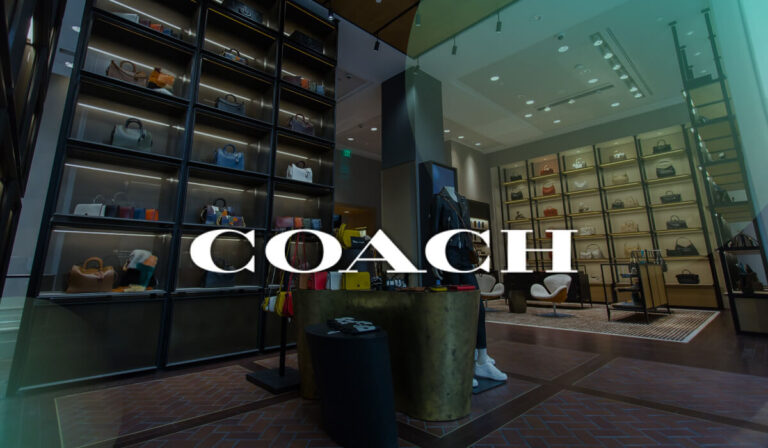Frustrated shoppers are all too familiar with disappointing retail experiences: If they can’t find what they want at the price that they want, they give up and leave. For marketers, this is something of a nightmare—pairing actionable data from both online and offline sources to understand consumer habits can be tricky, but emerging platforms and software will surely help. In this article, we’ll explore new technologies and insights helping marketers close the gap between online affiliations and offline attribution.
1. Facial Recognition Software
Companies, like the new smart luggage brand, Bluesmart, know that to make a positive first impression on shoppers, they’ll need to invest in tools like in-store facial recognition software that can anticipate a consumer’s needs and educate them about their product. This technology, coupled with location-smart mobile technologies, would show which displays were ineffective, and what product a consumer checked out immediately afterwards. Initially, as demonstrated by Bluesmart’s plans, this might start as a tablet display that a customer interacts with to ask questions and receive instant feedback.
2. Robotic Shopping Carts
Tracking faces won’t be the only thing that matters. In September, Walmart made headlines when it announced that it had filed a patent for automated shopping carts that would help shoppers find the items they’re looking for with the click of a button. The carts could also eventually show a consumer’s shopping habits—or what the most trafficked aisles are, and perhaps clue marketers in as to why they’re frequented. Sensors within the cart would also be able to tell where shoppers stop, for how long, and how slowly or quickly the customer is moving to their next destination. That could also mean that, from store to store, cart to cart, a marketer can tell the shopper’s intent and get a sense of their purchasing habits and whereabouts in that moment in order to serve more relevant promotions and deals.
3. Augmented Reality
When it comes to actually shopping and placing items within the cart, boxed goods are both reassuring and frustrating. What if you wanted to buy a camping tent, but couldn’t gauge the size by the dimensions on the box? Augmented reality can help here—soon smartphones will be able to project the size and shape of items, so that consumers can get a first peek at what they’re buying. Already online retailers, such as Wayfair, are experimenting with ways consumers can test their products out with augmented reality while at home.
4. Location Intelligence
What happens when a consumer enters or leave a store? Where do they travel to next and why? Location intelligence platform, MarketPlace Discovery can aid there—this tool allows marketers to see foot traffic within retail spaces and make connections between different stores within an area. Furthermore, marketers can also better judge where consumers might be coming from, be it a nearby office building or suburb. It can also gauge just how often that consumer stops by; a once frequent customer who stops shopping at a specific location might be a clue to a bigger issue, one too important for marketers to miss.





